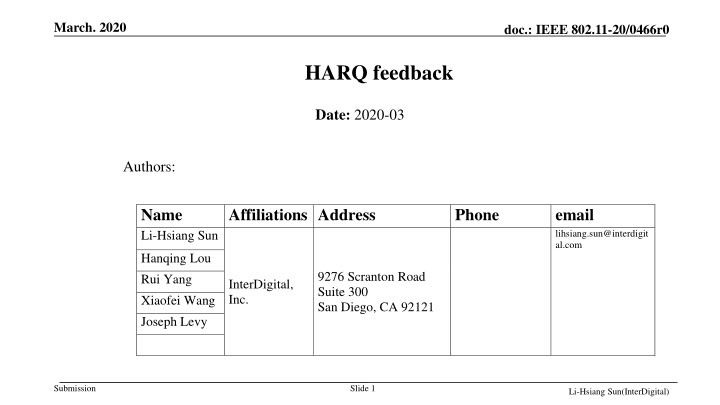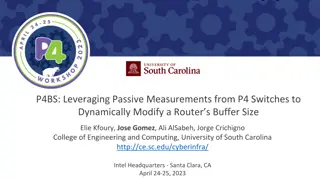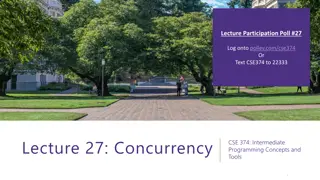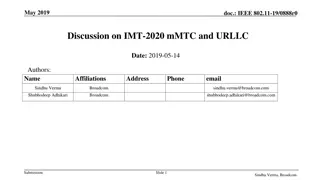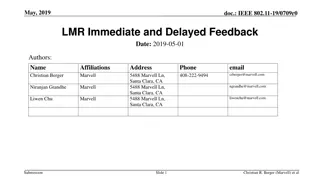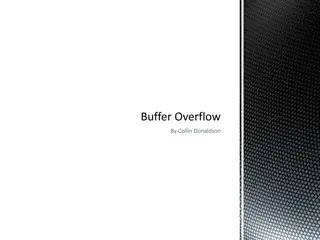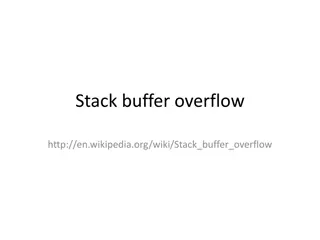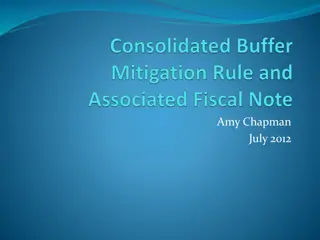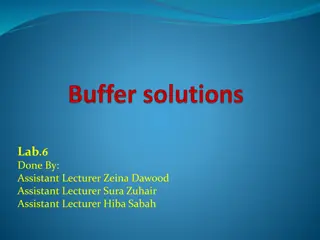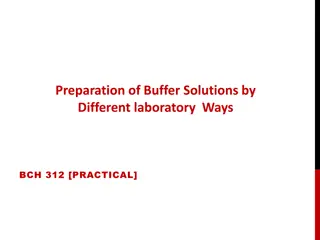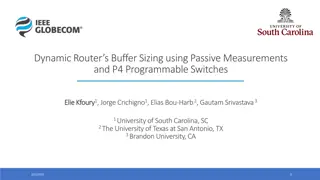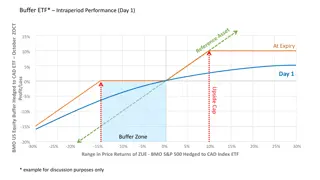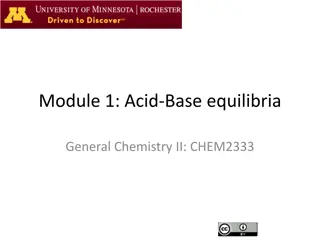IEEE 802.11-20/0466r0 HARQ Feedback and Buffer Analysis
This document discusses the intricacies of HARQ feedback and buffer size analysis in the context of IEEE 802.11-20/0466r0. It explores the necessity of additional information in HARQ feedback, the complexities of determining buffered HARQ unit LLRs, and possible solutions to address related challenges.
Download Presentation

Please find below an Image/Link to download the presentation.
The content on the website is provided AS IS for your information and personal use only. It may not be sold, licensed, or shared on other websites without obtaining consent from the author.If you encounter any issues during the download, it is possible that the publisher has removed the file from their server.
You are allowed to download the files provided on this website for personal or commercial use, subject to the condition that they are used lawfully. All files are the property of their respective owners.
The content on the website is provided AS IS for your information and personal use only. It may not be sold, licensed, or shared on other websites without obtaining consent from the author.
E N D
Presentation Transcript
March. 2020 doc.: IEEE 802.11-20/0466r0 HARQ feedback Date: 2020-03 Authors: Name Li-Hsiang Sun Affiliations Address Phone email lihsiang.sun@interdigit al.com Hanqing Lou Rui Yang Xiaofei Wang Joseph Levy 9276 Scranton Road Suite 300 San Diego, CA 92121 InterDigital, Inc. Submission Slide 1 Li-Hsiang Sun(InterDigital)
March. 2020 doc.: IEEE 802.11-20/0466r0 Introduction It has been shown in [10] that HARQ IR achieves 2~3.5dB gain, HARQ CC achieves ~1dB gain There are many contributions proposed different types of HARQ feedback based on MPDU [1,2,3] CW [2,3,4,5] MPDU+CW [5] There are several contributions discussing the required LLR buffer size at the receiver [6,7] This submission discusses the additional info which may be needed in the HARQ feedback independent of types above Submission Slide 2 Li-Hsiang Sun(InterDigital)
March. 2020 doc.: IEEE 802.11-20/0466r0 HARQ buffer size Analysis were provided in [6,7] for LLR memory size Analysis in [6] was based on all CWs in error Analysis in [7] was based on an average number of CWs in error Memory is also required for storing partially decoded MPDUs, i.e. not all successful decoded CWs free up the occupied buffer It is possible that number of HARQ units in an AMPDU is more than available HARQ buffers at the receiver How does the originator know how it should perform a HARQ retransmission? If the recipient did not store the LLRs, the originator should not perform a HARQ retransmission which is not self-decodable. e.g. IR, Punctured CC retransmissions [8,9] How does the originator know that the LLRs for a particular HARQ unit are buffered? Submission Slide 3 Li-Hsiang Sun(InterDigital)
March. 2020 Possible ways to determine whether HARQ Unit LLRs are buffered Based on a recipient capability The originator based on a negotiated HARQ buffer size and the HARQ feedback to derive whether the soft bits of a failed HARQ unit are stored There may be difficulties for the originator to conclude whether a particular failed HARQ unit is buffered There could be more failed HARQ units than the available HARQ buffer in a given transmission Based on a signaling in a HARQ feedback from the recipient The soft bits or the soft output of the decoder may reflect different reliabilities of different HARQ units The HARQ units experiencing collision may be less reliable than those without collision If feedback-based rate adaptation [9] is used, the stored HARQ units should have short term SINR consistent with the feedback (for determining the desired amount/modulation of the retransmission). doc.: IEEE 802.11-20/0466r0 Submission Slide 4 Li-Hsiang Sun(InterDigital)
March. 2020 doc.: IEEE 802.11-20/0466r0 Signaling LLRs (not) buffered for a HARQ unit CW based HARQ feedback Example: HARQ unit feedback may have three states: {Success (ACK), Failure(NACK), Not_Buffered} MPDU or MPDU+CW based feedback [5] Adding fields to identify HARQ units not buffered The HARQ units not signaled in the HARQ bitmap are implicitly identified as not buffered Only those units identified as NACK in the bitmap requires HARQ retransmission. Submission Slide 5 Li-Hsiang Sun(InterDigital)
March. 2020 doc.: IEEE 802.11-20/0466r0 Conclusion Optional extra signaling may be needed to identify the unsuccessful HARQ units which are not buffered by the recipient When LLR buffer is depleted, the signaling could change the retransmission from HARQ to ARQ Submission Slide 6 Li-Hsiang Sun(InterDigital)
March. 2020 doc.: IEEE 802.11-20/0466r0 Reference 1. IEEE 802.11-19/1098r1, Acknowledgement for HARQ Transmission 2. IEEE 802.11-19/1172r1, Discussion on HARQ 3. IEEE 802.11-19/1131, Consideration on HARQ Unit 4. IEEE 802.11-19/1589, What Should be the HARQ Unit and Why? 5. IEEE 802.11-19/0873r1, HARQ Framing 6. IEEE 802.11-19/1080, HARQ Complexity 7. IEEE 802.11-19/1923, Revisiting HARQ Complexity 8. IEEE 802.11-19/0792r2, Comparisons of HARQ transmission schemes for 11be 9. IEEE 802.11-19/1078, HARQ Simulation Results 10. IEEE 802.11-19/0798, HARQ Simulation Results Submission Slide 7 Li-Hsiang Sun(InterDigital)
